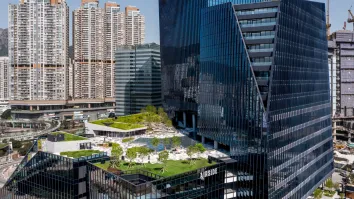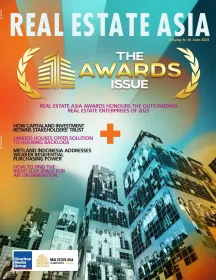
Will ultra luxury residences continue to thrive in Japan?
This sector faces significant challenges that could dampen growth.
There is no denying that ultra luxury residences are gaining traction in Japan and that the sector is growing at an unprecedented pace.
According to Savills, some of the large-scale mixed-use projects in the pipeline are expected to add more units in this category, which should expand the market size and push top prices even higher.
Here’s more from Savills:
While many of these developments are still concentrated in Minato, there are some examples outside of the ward. Going forward, the types of units on offer will also be more diverse, including low-rise properties and branded residences.
The world is gradually returning to normalcy, and international travel has been slowly resuming. While the reopening of international travel on a large scale still appears out of sight, luxury travel should come back much earlier. This timely resurgence in luxury travel should further fuel demand in the luxury sector and help Japan solidify its status as a luxury travel destination.
The high concentration of ultra-wealthy people in Tokyo and the stability of Japan’s long-term prospects make it attractive to overseas buyers, and are factors that support the growth of this sector. Although Japan has its own issues such as an ageing population, they remain manageable overall. Japan’s rich culture is another attractive attribute, and the growth of the luxury hotel market should serve as a tailwind for the ultra-luxury residential sector.
Nevertheless, this sector comes with significant challenges - the pool of potential buyers is very limited, and they are highly selective and particular about the services expected. Indeed, some new properties on the market appear to be struggling to find buyers. On the other hand, demand for exceptional properties is strong despite their high prices.
One crucial factor that will determine the success of an ultra-luxury property is its ability to provide expected quality service. Even within ultra-luxury residences, different levels of service will be required depending on the price level for the unit. The capability of management in catering the right level of service to different occupants while keeping costs under control will be essential, and it will take time to attain an optimal balance between the two.
Going forward, the market is likely to keep growing as Tokyo continues to transform through redevelopment. Presently, the two major developers leading the ultra-luxury sector are Mori Building and Mitsui Fudosan. However, as the market matures and a proof of concept has been established for the sector, the market should become more diverse with more players and products, eventually leading to Tokyo becoming an established market.
Furthermore, as the world faces stiff headwinds of uncertainty, Tokyo might further gain popularity as a place to preserve wealth. In the long run, events such as the World Expo and the opening of the integrated resort may also help showcase the country’s potential.


















 Advertise
Advertise


